Vice President Pence’s speeches in Singapore and Papua New Guinea in mid-November not only reaffirmed Washington’s commitment in the Indo-Pacific, but also articulated U.S. economic strategy toward the region more generally. He said, among other things, that Washington will seek to reform U.S. development finance institutions and create a U.S.-ASEAN Smart Cities Partnership. While such progress is laudable, much remains to be done to move forward U.S.-ASEAN cooperation on infrastructure development.
A Broader U.S. Indo-Pacific Strategy
Speaking at the 6th U.S.-ASEAN Summit in Singapore on November 15, Pence reassured regional states of America’s commitment, stressing that ASEAN is Washington’s “indispensable and irreplaceable strategic partner.” He added: “We recognize that our interests are intertwined and our visions are truly the same.” He also reiterated the Trump administration’s Free and Open Indo-Pacific strategy, which envisages an inclusive region that respects the “sovereignty of our nations and the international rules of order” and where “empire and aggression have no place.” Touching on the strategy’s economic components, the vice president said they include Washington’s measures to spur trade, private investment, and infrastructure across the region.
He further articulated these elements at the APEC CEO Summit on November 17, where he echoed President Trump’s remark at that venue last year that the United States will seek bilateral trade agreements with Indo-Pacific nations in line with “the principles of fair and reciprocal trade.” The United States furthermore seeks to promote private sector investment as well as sustainable infrastructure development, Pence said. In a veiled jab at China’s development lending practices, Pence said that the U.S. approach will not “drown our partners in a sea of debt. We don’t coerce or compromise your independence.”
Since President Trump unveiled Washington’s plans regarding regional infrastructure development at the APEC CEO Summit in November 2017, the United States has taken measures to realize them. Pence announced the creation of a U.S.-ASEAN Smart Cities Partnership, which aims to catalyze American investment in digital infrastructure, spur growth and development, and strengthen security in Southeast Asia. This partnership is well-received by Southeast Asian nations as it provides additional proof of the Trump administration’s Indo-Pacific strategy.
Another case in point is the recently passed BUILD (Better Utilization of Investments Leading to Development) Act. This legislation heightens Washington’s connectivity assistance in the Indo-Pacific region by creating the U.S. International Development Finance Corporation (IDFC) and folding under it the activities of several American development finance mechanisms, including the Overseas Private Investment Corporation, USAID’s Development Credit Authority, and USAID’s Office of Private Capital and Microenterprise. The law also allows IDFC “to make equity investment, a doubling of the contingent liability ceiling to $60 billion.” Overall, the Partnership is seen as another tangible outcome of Washington’s Indo-Pacific strategy.
Towards Better U.S.-ASEAN Cooperation on Infrastructure Development
Going forward, much needs to be done to further enhance collaboration on infrastructure development between Washington and Southeast Asian countries. For example, although the U.S.-ASEAN Smart Cities Partnership is laudable, it is not yet clear exactly how it will be implemented in ways that complement ASEAN’s agendas, namely the ASEAN Smart Cities Network (ASCN). Launched at the 32nd ASEAN Summit in April, ASCN strives to achieve smart and sustainable development by leveraging technology to provide public services, address urbanization-related challenges, and improve citizens’ quality of life. ASCN also welcomes non-ASEAN members’ assistance as it seeks to “secure funding and support from ASEAN’s external partners.” Therefore, Washington and Southeast Asian policymakers should explore modalities for providing financial and other kinds of assistance to ensure that ASCN’s objective is realized.
Also, Washington and ASEAN should think about how to cooperate on sustainable development, as it will be next year’s ASEAN theme. Thailand, which will formally assume the organization’s chair on January 1, 2019, unveiled the theme of “Advancing Partnership for Sustainability,” which prioritizes achieving sustainable development in several fields ranging from security to economy. This begets opportunities for the United States and Southeast Asian nations to continue their collaboration. For instance, in 2016 Washington coined U.S.-ASEAN Connect initiative to augment U.S. economic engagement with Southeast Asia in the realms of business, energy, innovation, and policy. Business Connect aims to boost commercial ties among American and Southeast Asian enterprises in infrastructure development and information and communication technology. Energy Connect supports ASEAN’s power sector by leveraging sustainable and innovative technologies. Innovation Connect aspires to create an ecosystem encouraging future innovators and entrepreneurs. Policy Connect seeks to help ASEAN economies realize the regulatory environment for growth, trade, and investment. This scheme has the potential to develop further. Hence, American and Southeast Asian officials should jointly explore how to create synergies between U.S.-ASEAN Connect and ASEAN’s sustainable development programs.
Moreover, the United States should participate in policy discussions hosted by the ASEAN Centre for Sustainable Development Studies and Dialogue (ACSDSD) slated to be established in Thailand next year. The mechanism will support the implementation of sustainable development projects and foster dialogues among ASEAN and its development partners (ASEAN’s dialogue partners, regional organizations assisting ASEAN on economic and infrastructure development, and Germany). Joining the discussions would not only enable the United States to find additional synergies among its projects and those implemented by ASEAN, but also keep Washington informed about other partners’ development agendas. Knowing the latter can help Washington better coordinate with non-ASEAN players to avoid wasting resources. For instance, uncoordinated efforts may result in different players providing capacity training programs on overlapping sustainable development topics. In short, by engaging ACSDSD, Washington, Southeast Asian states, and other stakeholders can find opportunities to jointly enhance complementarities and diminish competition among their initiatives.
Engaging in all of the above would benefit both regional states and Washington. U.S. assistance would enhance transnational supply chains, which will in turn increase market opportunities for U.S. businesses. It will also further tighten U.S.-ASEAN ties and elevate U.S. leadership in these areas. Countries in Southeast Asia, for their part, stand to benefit from U.S. cooperation, support, and leadership in the region. Working together yields a win-win.
The Brookings Institution is committed to quality, independence, and impact.
We are supported by a diverse array of funders. In line with our values and policies, each Brookings publication represents the sole views of its author(s).

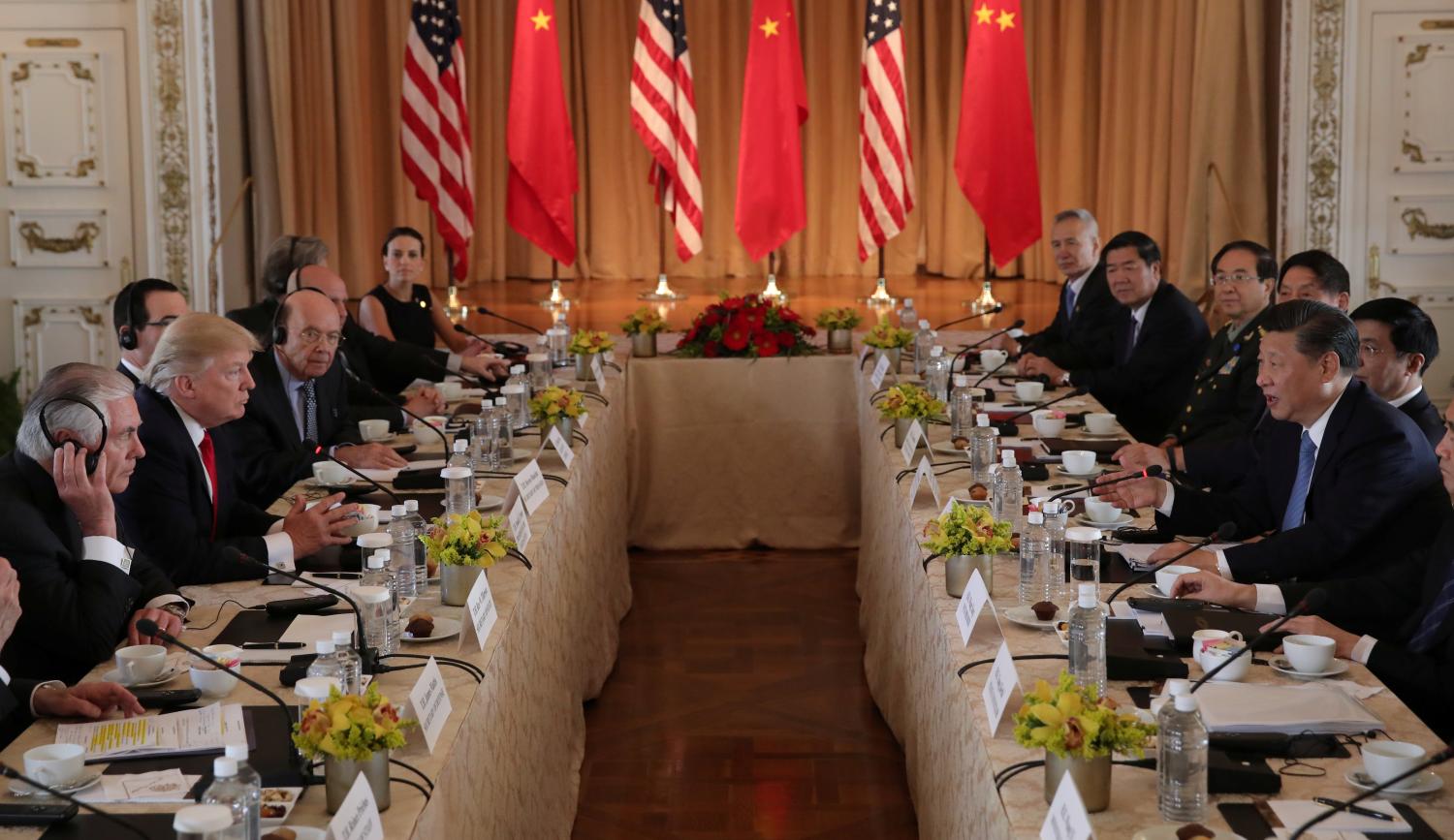
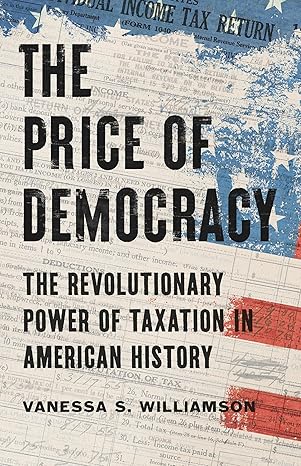


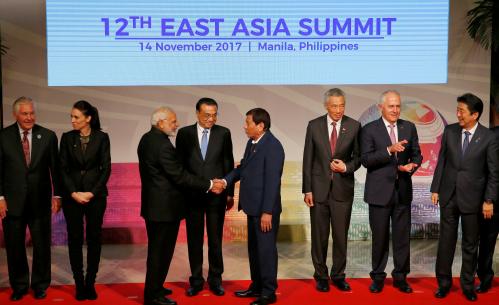
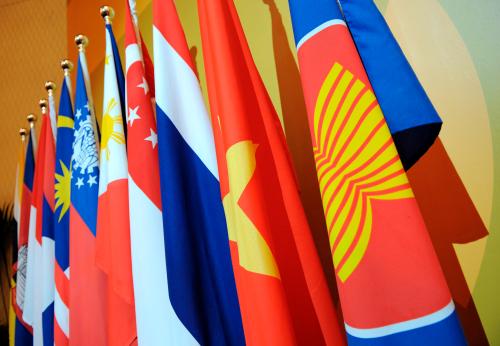
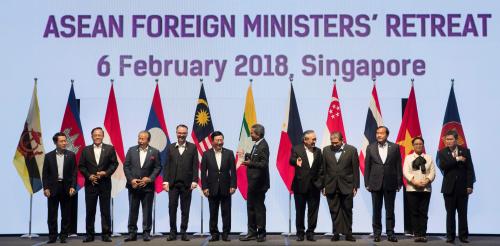

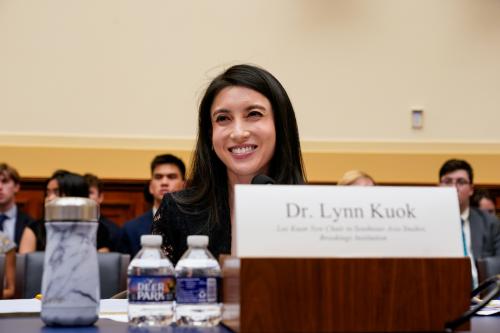

Commentary
Pence in Southeast Asia: Ways forward for U.S.-ASEAN cooperation on infrastructure development
November 27, 2018